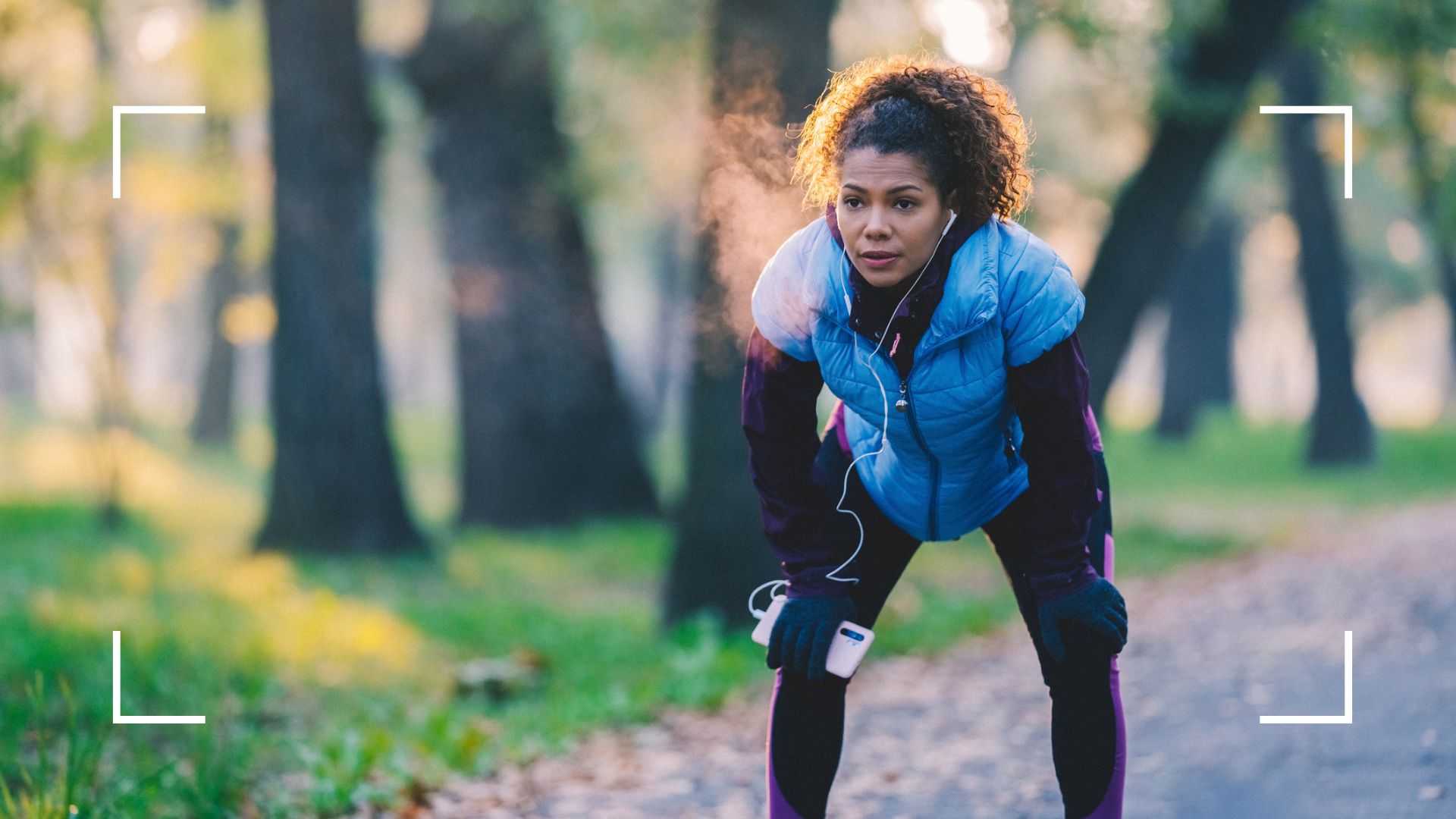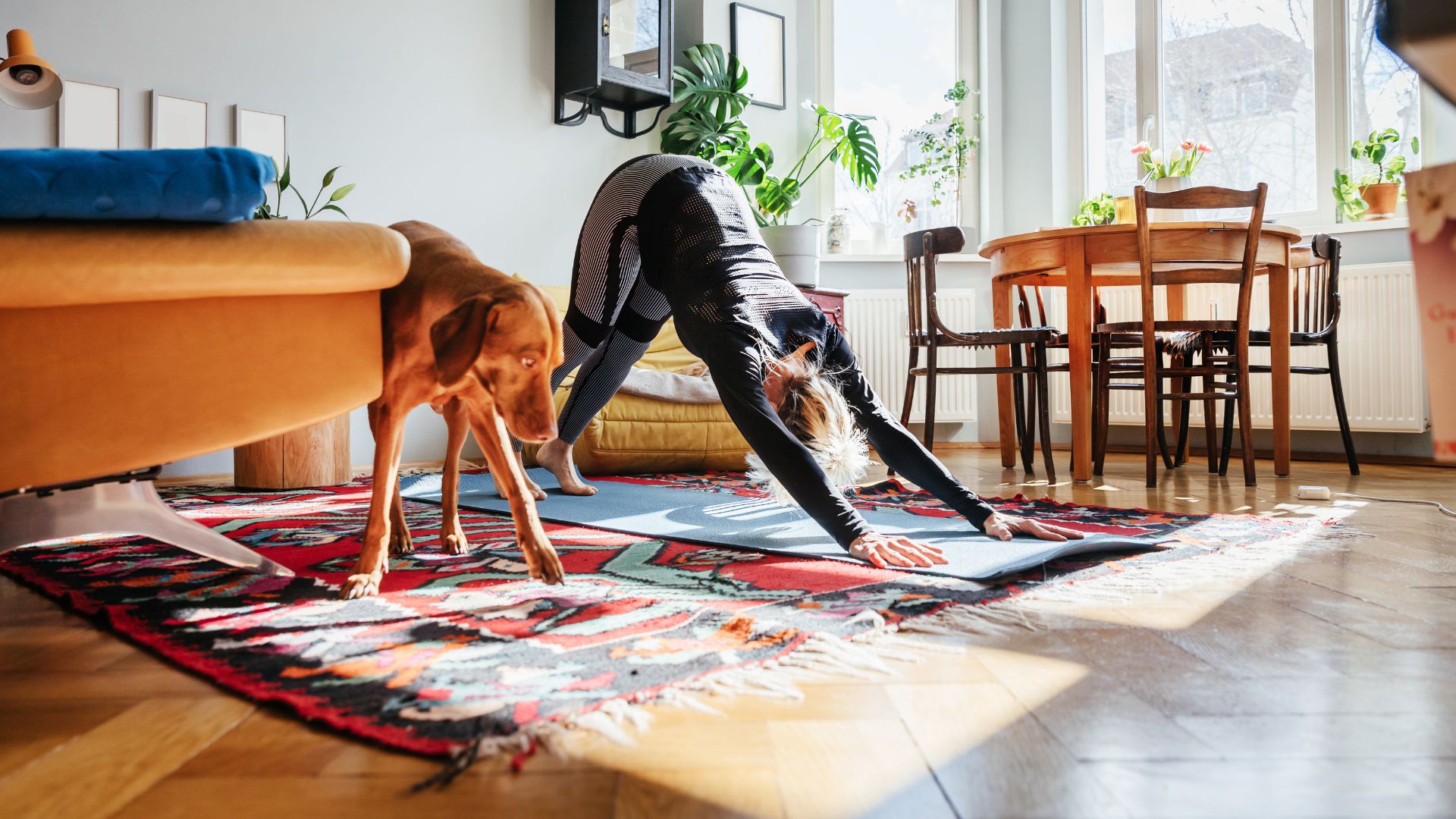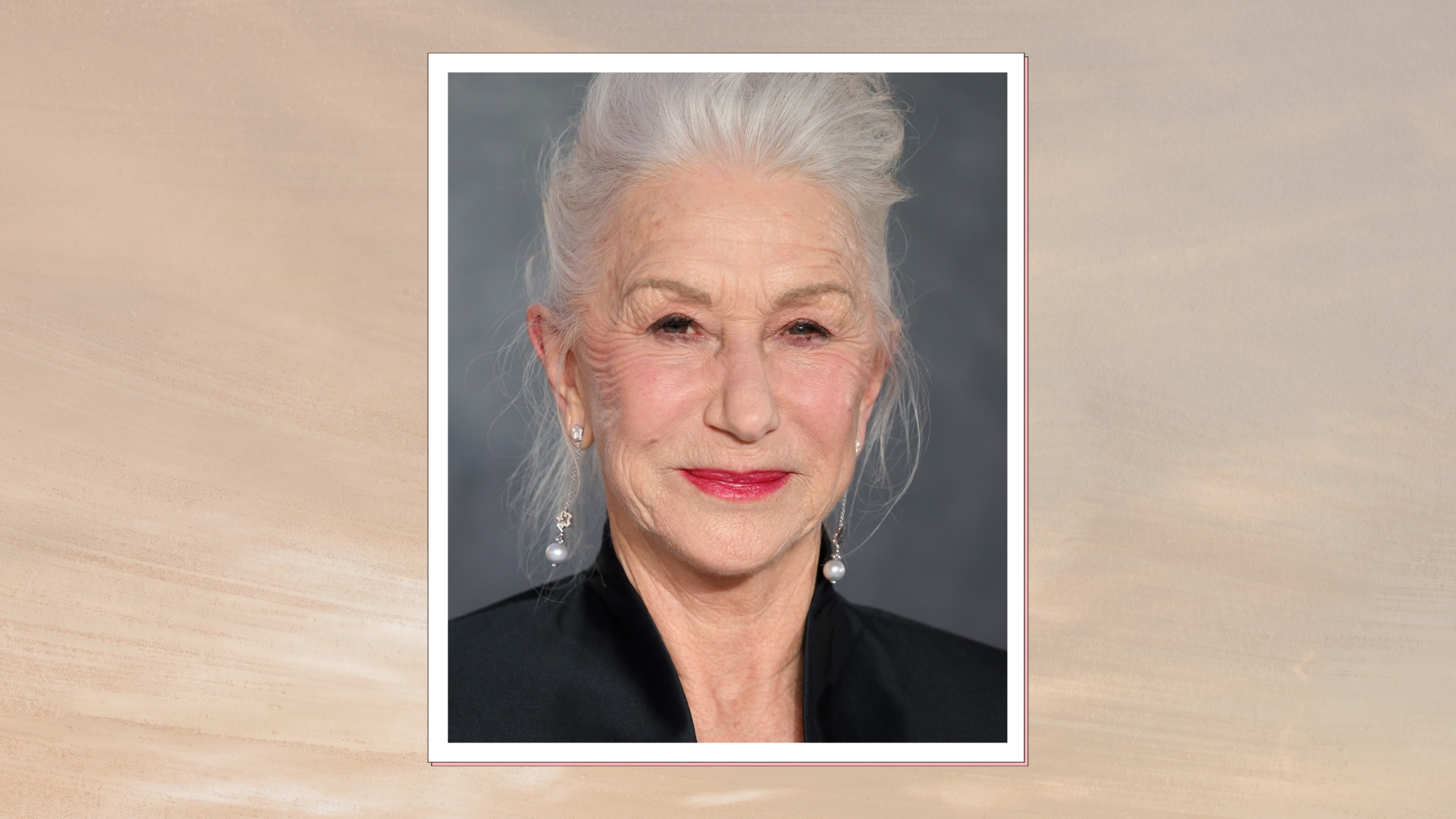Should I work out with sore muscles? Plus, how to recover quickly
If you work out with sore muscles, this is what you need to know and how to recover


Should I work out with sore muscles? If you're experiencing delayed onset muscle soreness (DOMS) after an exercise session, you might be wondering if you should continue your workouts for the week or whether you should stop until you feel better.
Unfortunately, sore muscles are all part of the muscle-building process. When we exercise and exert ourselves more than normal, whether that's lifting a heavier weight in the gym or pushing for long-distance running, tiny tears appear in the muscle fibers. This damage is perfectly normal and the repair is what makes our muscles stronger, but the body responds by increasing inflammation. It's this inflammation that makes your muscles ache.
If you can find the motivation to work out in winter at all, then you're doing better than us most of the time. However, whether you're strength training, running, cycling, or doing another high-intensity sport, the experts do warn that exercising with sore muscles could have consequences.
Should I work out with sore muscles?
Working out with sore muscles is a good idea, says Dr Kianoush Missaghi, who specializes in kinesiology and exercise science. "You'll be bringing more blood flow to these regions and accelerating the recovery processes," he explains. "It's important not to make DOMS worse though by doing a workout that is as intense or more so than the one that gave them to you in the first place. So, if needed, adjust the weights and the intensity of your workout or do a different type of training where the sore muscles are not involved as much."
Ultimately, whether you pull your trainers on for another workout when you're experiencing sore muscles or not is up to you and how you're feeling. If you can still move as you normally would, then it's perfectly okay to continue exercising. As Dr Missaghi, who is also the training specialist at AI-based fitness and lifestyle coaching app Freeletics, says, it will likely improve the recovery process. However, if your muscles are so sore that it's causing you pain to move - or you're changing how you move to compensate and risk injury through bad form - then you should take a rest for the day.
It's also worth noting that the more you exercise, the less you'll experience muscle soreness as your muscle fibers grow and adapt to the stress of exercise. That's why it's important to work out consistently if you want to make progress, otherwise, you'll be experiencing those aches and pains every time you work out.

How to get rid of sore muscles
1. Cool down after your workout
If you're struggling with sore muscles and you're looking to get back to exercising as soon as possible, a good stretching routine both pre- and post-exercise should be your priority. Supplementing your normal training routine with some yoga for beginners or Pilates could also be a great way to stretch out your muscles regularly, on a more long-term basis.
Sign up for the woman&home newsletter
Sign up to our free daily email for the latest royal and entertainment news, interesting opinion, expert advice on styling and beauty trends, and no-nonsense guides to the health and wellness questions you want answered.
As personal trainer Chelsea Labadini says, it's essential for workout recovery. "Walk for 10 minutes after your workout and then take a moment to stretch and focus on the areas you've been training," she suggests. "If you are still sore the next day, go for a walk. You might not feel like it to begin with, however, getting the blood flowing and the muscles warm will make you feel better."
2. Invest in a foam roller
Using a foam roller correctly can have huge benefits for your body, especially if you roll out after an intense workout. As a review from California State University suggests, rolling out muscles can relieve tightness, alleviate soreness and inflammation, and increase the range of motion in your joints.
"Invest in a foam roller or try a self-massage," agrees Labadini. "Foam rollers essentially act as a self-massage as they send blood and oxygen to the targeted area. Roll out any muscles that feel sore and breathe to try and reduce inflammation in the spot."
3. Sleep
"Not only is learning how to sleep better going to help you build muscle and improve your lifestyle, but it will also aid muscle recovery," the personal trainer says. Not only that, but recent research from the Dalian Institute of Science and Technology points to sleep as one of the most important factors involved in building strength. When we sleep, our pituitary gland releases a growth hormone that rebuilds and repairs our muscle cells, meaning they can grow.
"Aim for seven or more hours of sleep a night to enable muscle-building hormones to be released," she suggests.
4. Take a bath
Also known as magnesium sulfate, Epsom salts have been a traditional way of helping sore muscles recover for hundreds of years as they come with all the benefits of magnesium. While traditional table salt has its benefits, you won't want to put this type on your food - it has a completely different (and very bitter) taste.
Instead, Labadini suggests pouring Epsom salts into a warm bath. "The warmth will boost your circulation and the magnesium in the salts can be absorbed through the skin, reducing soreness," she says.
5. Change up your workouts for the week
It's not an immediate solution but if you're struggling with sore muscles repeatedly, it may be worth considering how you structure your workouts - like changing how often you should lift weights or go running. If you're going for a run one day and then into the gym for strength training the next, that may be too much focus on your leg muscles.
"Split your workout days instead," advises the PT. "Allow time for those muscles to recover and train a different muscle group. If your legs are sore, give them a break and train your upper body."
Are sore muscles a good sign?
DOMS may be the sign that your muscles have come under a new pressure and are on their way to growing, so if muscle growth is your goal, then this soreness may be a good sign for you. However, as Labadini explains, "even though most of us quite enjoy feeling sore after a workout, it doesn't mean that it's been a better workout than any other."
In fact, if you come away from your workout feeling fresh, it may be an even better sign, as it shows your body is adapting to the stressor of the lift or movement and you're getting fitter.

Grace Walsh is woman&home's Health Channel Editor, working across the areas of fitness, nutrition, sleep, mental health, relationships, and sex. She is also a qualified fitness instructor. In 2025, she will be taking on her third marathon in Brighton, completing her first ultra marathon, and qualifying as a certified personal trainer and nutrition coach.
A digital journalist with over seven years experience as a writer and editor for UK publications, Grace has covered (almost) everything in the world of health and wellbeing with bylines in Cosmopolitan, Red, The i Paper, GoodtoKnow, and more.
-
 Considering a summer hair refresh? Demi Moore’s chic bob transformation is all the inspiration you need to book that salon appointment
Considering a summer hair refresh? Demi Moore’s chic bob transformation is all the inspiration you need to book that salon appointmentChop, chop, it's time to take a trip to the salon
By Sennen Prickett
-
 Helen Mirren just embraced Cartier's signature colour on her lips - and this easy trick will make it less intimidating to replicate
Helen Mirren just embraced Cartier's signature colour on her lips - and this easy trick will make it less intimidating to replicateWhen in doubt, do as Helen Mirren does and steer clear of matte formulas...
By Naomi Jamieson